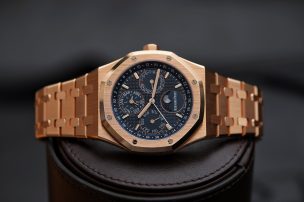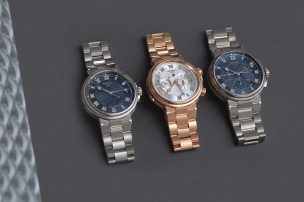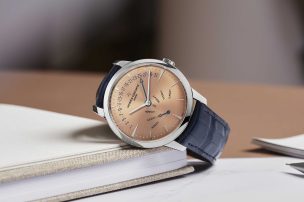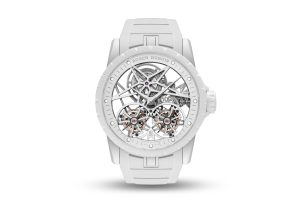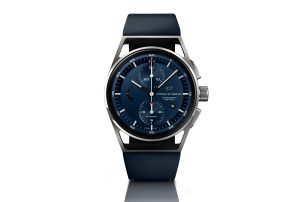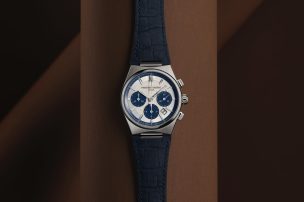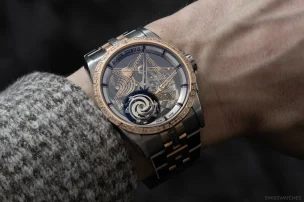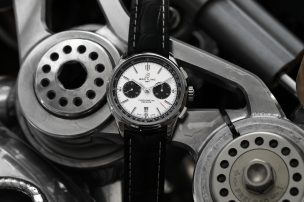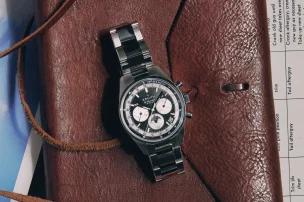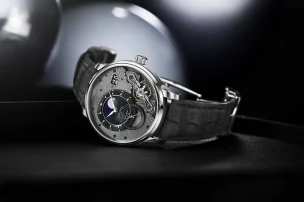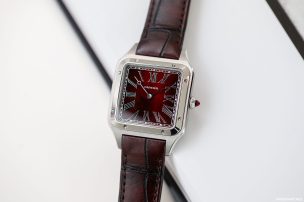
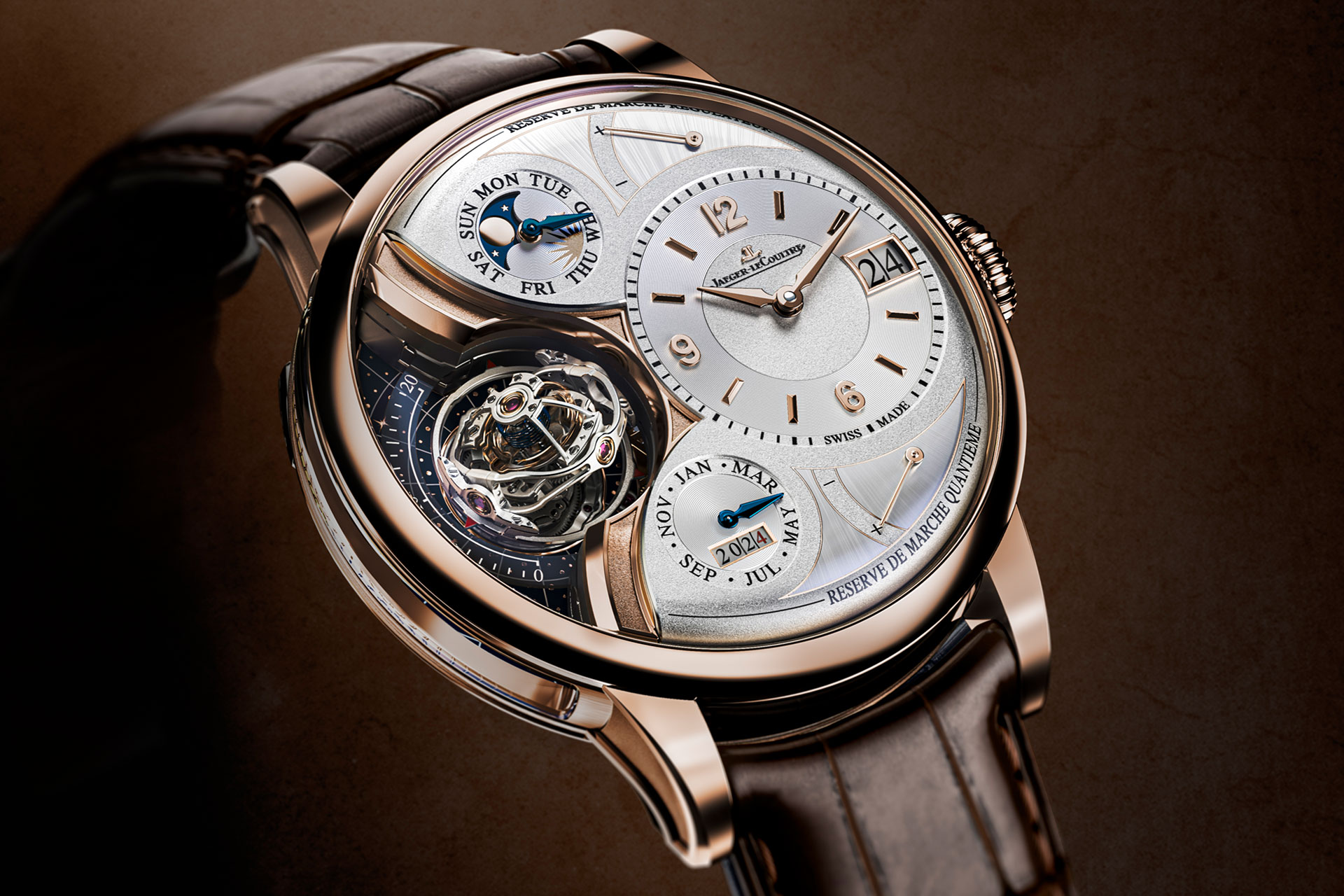
Jaeger-LeCoultre Presents Three New Duometre Models
Back in 2007, Jaeger-LeCoultre presented a model with the patented Duometre mechanism for the first time. The special feature of this construction is that it combines two barrels and two separate gear trains in one calibre, which are connected to a single regulating organ. The watchmakers at Jaeger-LeCoultre are thus addressing a problem by which the precision of a watch suffers when additional complications are added, as they also require considerable energy.

In the Duometre mechanism, one gear train powers the time display, while a second gear train powers all other functions. This year at Watches & Wonders 2024, Jaeger-LeCoultre is introducing three new models with a new case design into its Duometre collection: a chronograph with moonphase, for the first time a Duometre model with a stainless steel case, and a Duometre model with a completely new tourbillon construction and perpetual calendar. Let’s start with the most complex creation of the new trio.
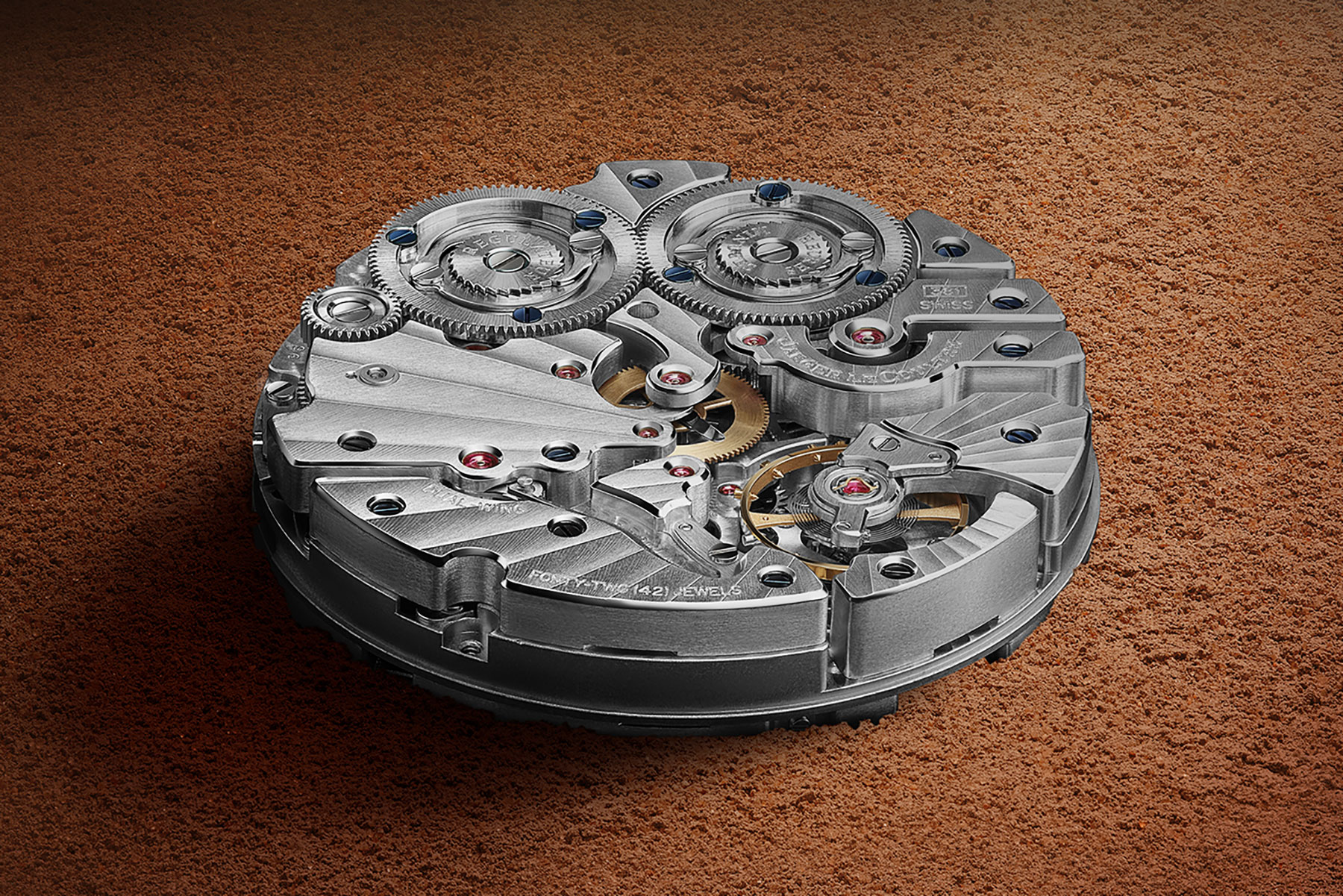
Duometre Heliotourbillon Perpetual
Jaeger-LeCoultre has been dealing with the pitfalls of a tourbillon for wristwatches for eight decades now. This is because the traditional tourbillon, originally intended for pocket watches, rotates around a single axis and is therefore unable to compensate for the effects of gravity in all positions. To add an additional axis of rotation, Jaeger-LeCoultre previously developed the biaxial gyrotourbillon and other tourbillon mechanisms equipped with differently shaped balance springs.
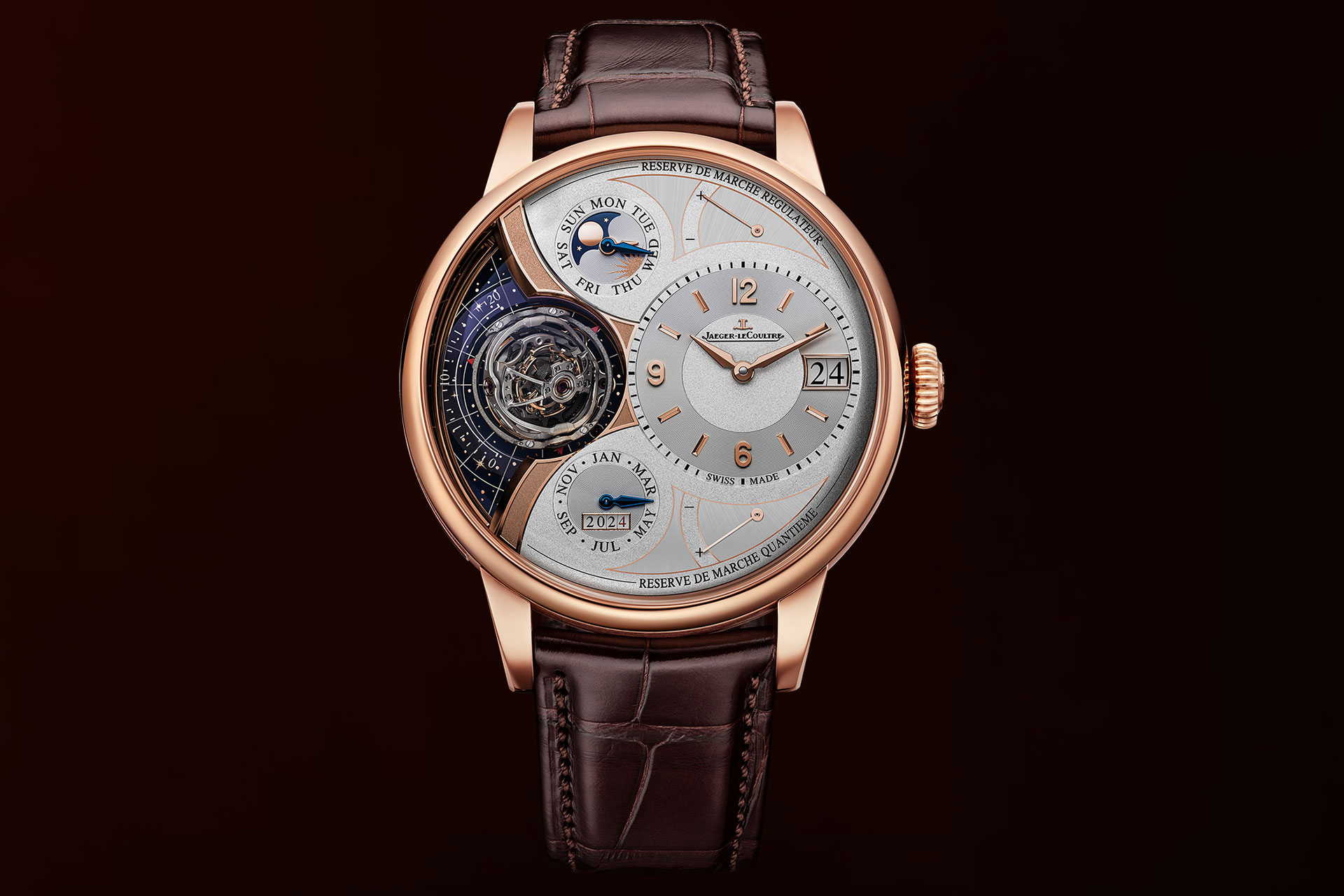
The latest tourbillon innovation from Jaeger-LeCoultre features a cylindrical balance spring and three titanium cages that rotate around three axes. The first cage is positioned at a 90-degree angle to the balance. The second cage is at a 90-degree angle to the first. The two cages are held together by an axis inclined by 40 degrees and complete a full rotation in 30 seconds. The third cage, in turn, is perpendicular to the second and completes one revolution in 60 seconds. The new Heliotourbillon consists of 163 components and weighs less than 0.7 grams. The new timepiece took five years to develop.
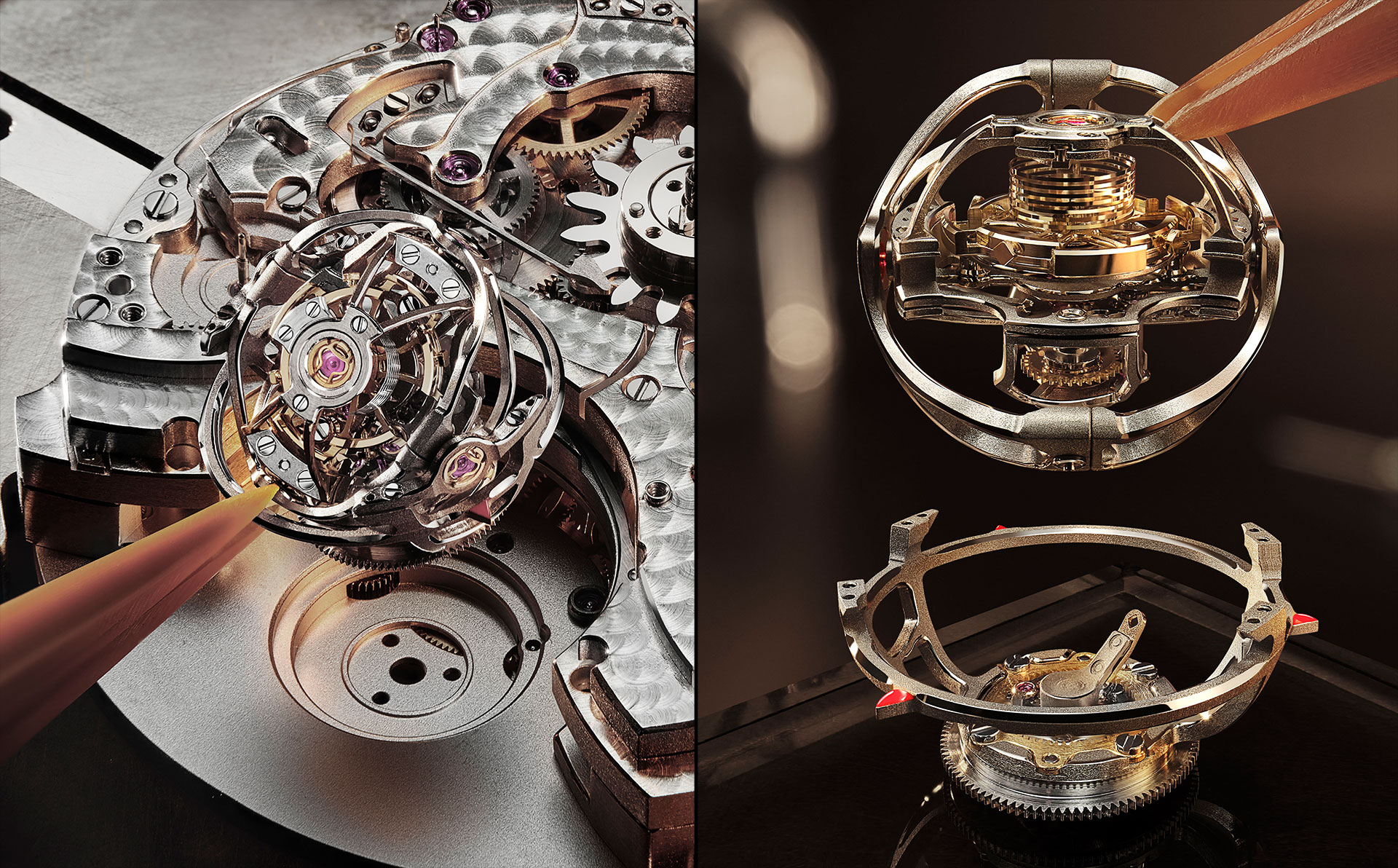
Caliber 388
In addition to the Heliotourbillon, the new in-house Calibre 388 is equipped with a perpetual calendar. The time can be set both clockwise and anti-clockwise without affecting the function of the perpetual calendar. In addition, the calibre 388 has a large date at the 3 o’clock position on the subdial for hours and minutes. The year display shows the last digit of a leap year in red, which Jaeger-LeCoultre has patented. The calibre 388 was developed, produced, assembled and finished entirely in-house.
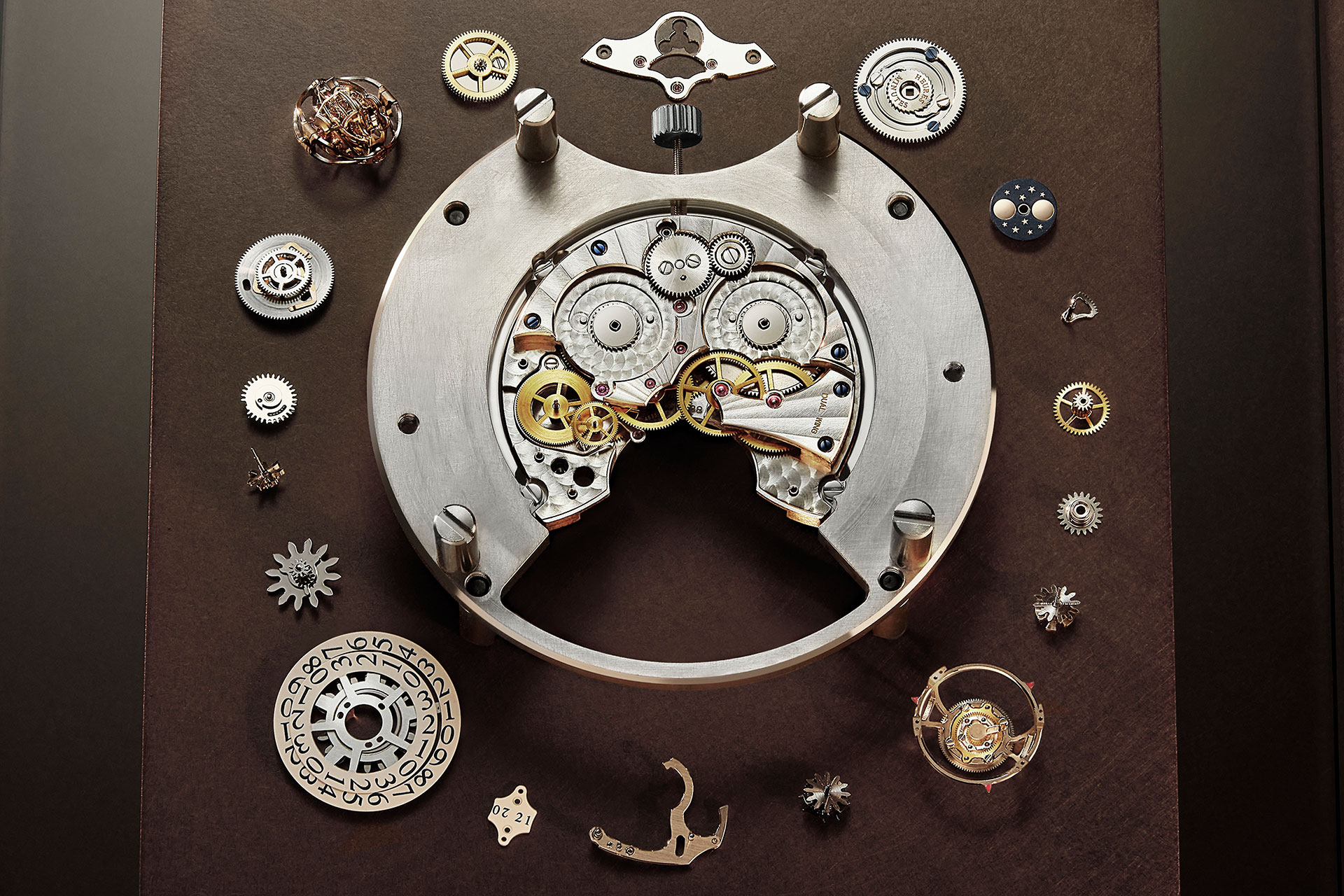
Dial and case of the Duometre Heliotourbillon Perpetual
The dial is separated by a golden bridge with micro-sandblasted and bevelled areas. The left side of the dial has been skeletonised and reveals the tourbillon, which stands out against a background of dark blue lacquer intended to represent a starry sky.
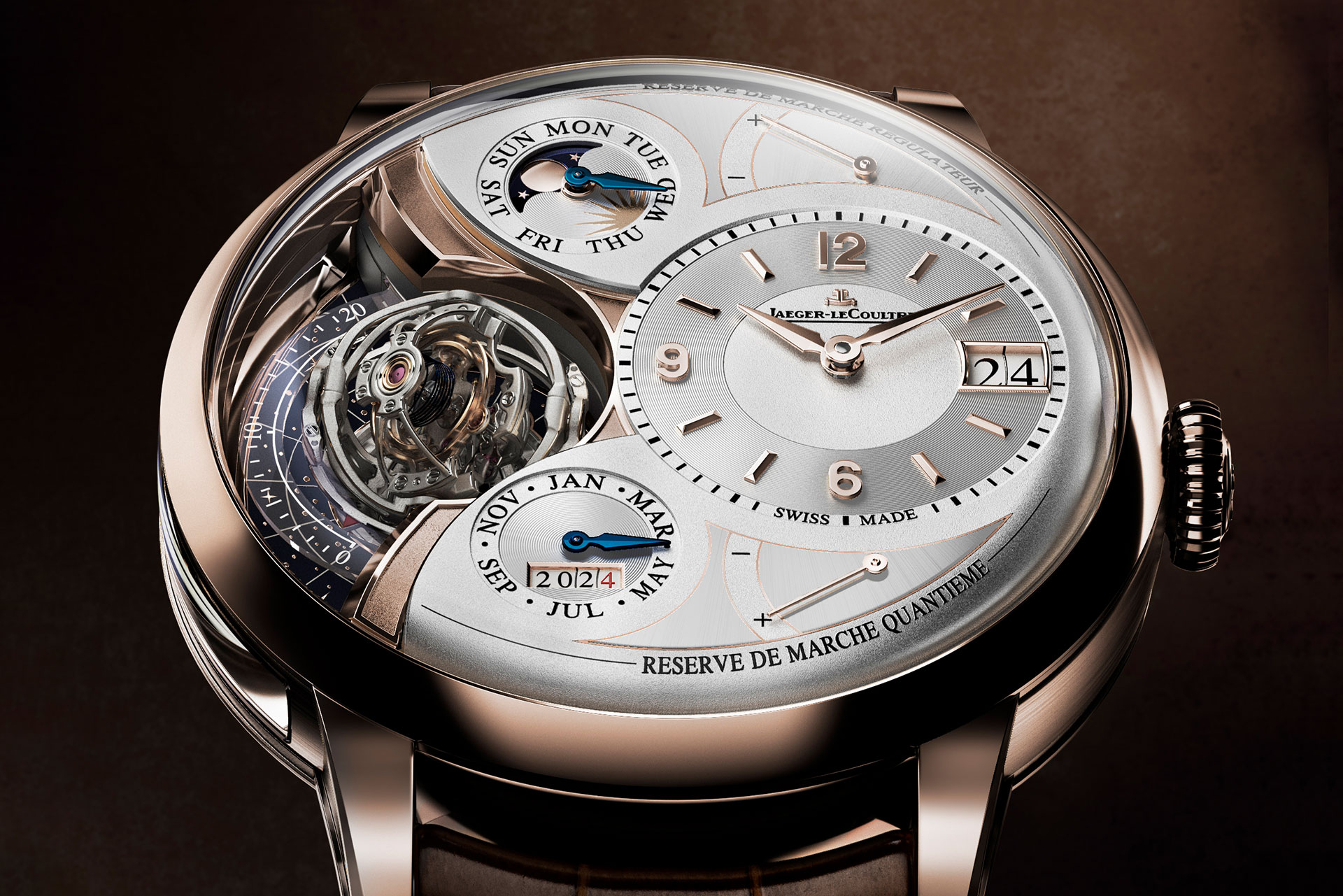
The new Duometre Heliotourbillon Perpetual features over 100 finishing techniques on the movement, dial and case, which took more than three months to complete. Brushed surfaces, perlage, hand-bevelled and polished edges and Côtes de Genève. The case measures 44 mm in diameter and is made from 750 red gold.
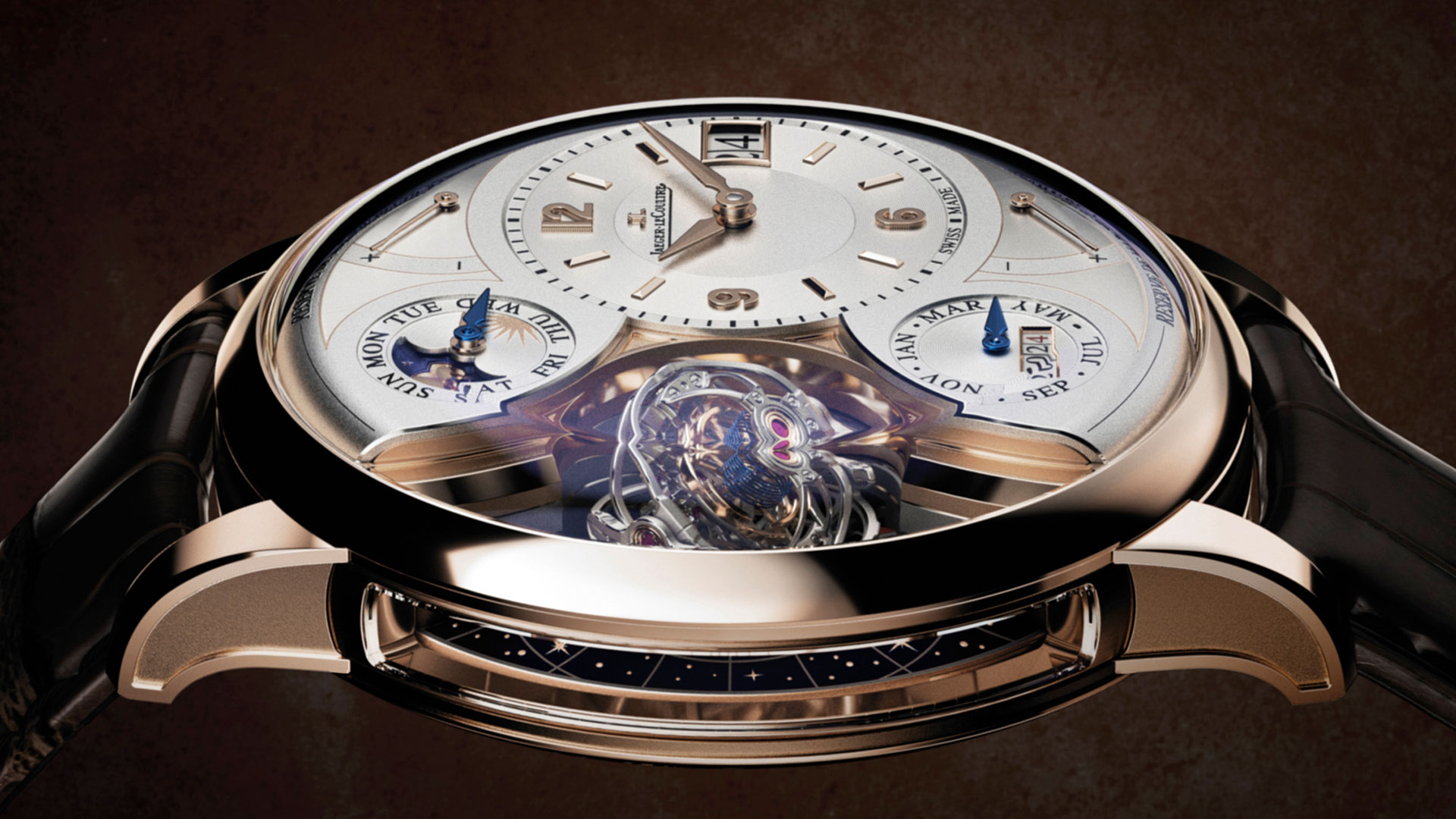
The Duometre Heliotourbillon Perpetual is worn on a brown alligator leather strap and costs 476,000 euros.
Duometre Chronograph Moon
The Duometre Chronograph Moon is being presented in two new versions this year: with a platinum case with a copper-coloured dial and with a red gold case with a silver-coloured dial. Both cases have a diameter of 42.5 mm.
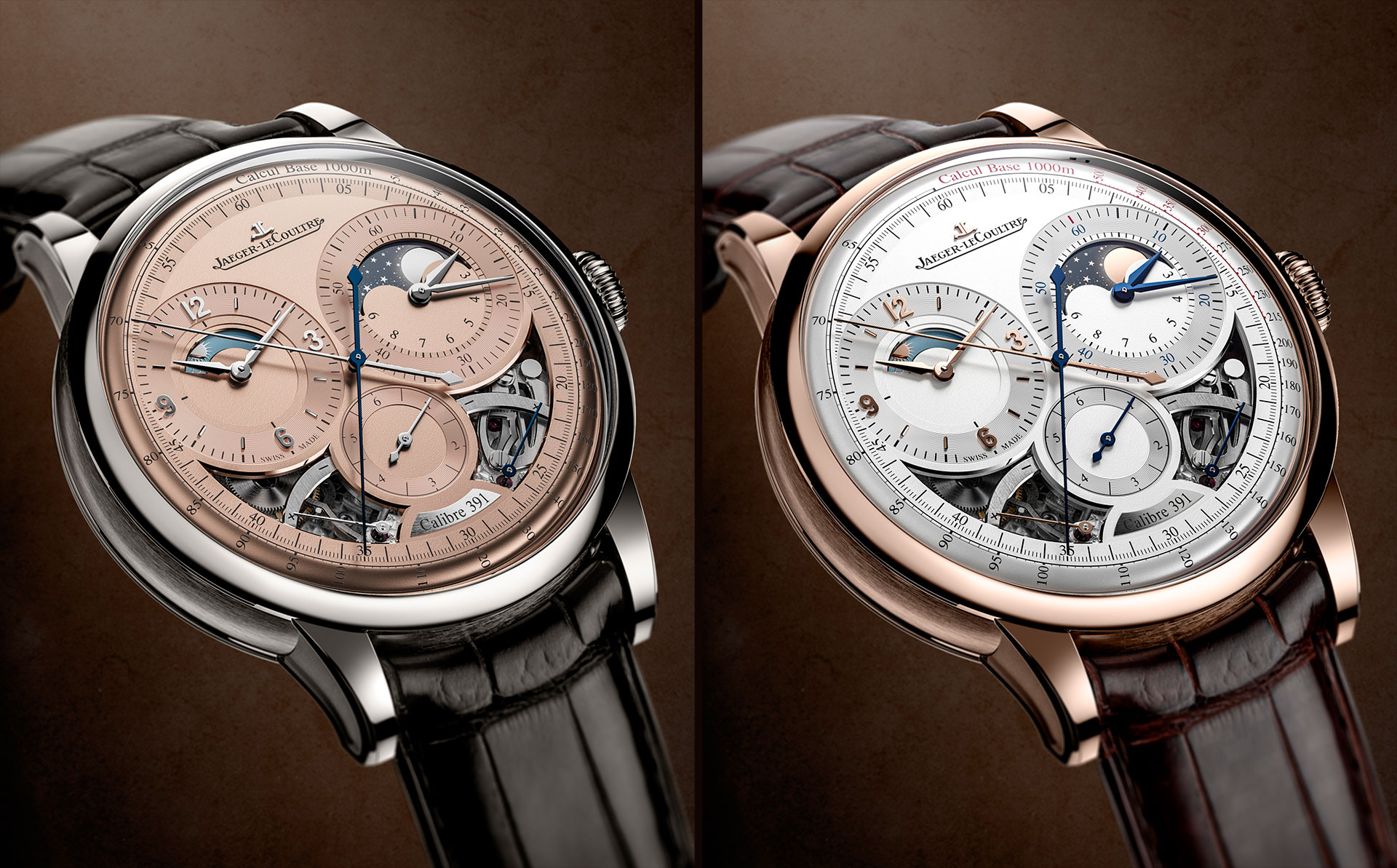
The dial
In homage to traditional sector dials, the surface of the main dial and the centres of the sub-dials are opalised, creating a fine, powdery texture. The subdials have azurised rings and are slightly lowered. The moonphase display has been integrated into the subdial for the chronograph hours and minutes at 3 o’clock. The day/night indicator can be found at 9 o’clock. The flying seconds is displayed at 6 o’clock. The power reserve is 50 hours per barrel and gear train and is displayed on an arched bridge on either side of the sub-dial.
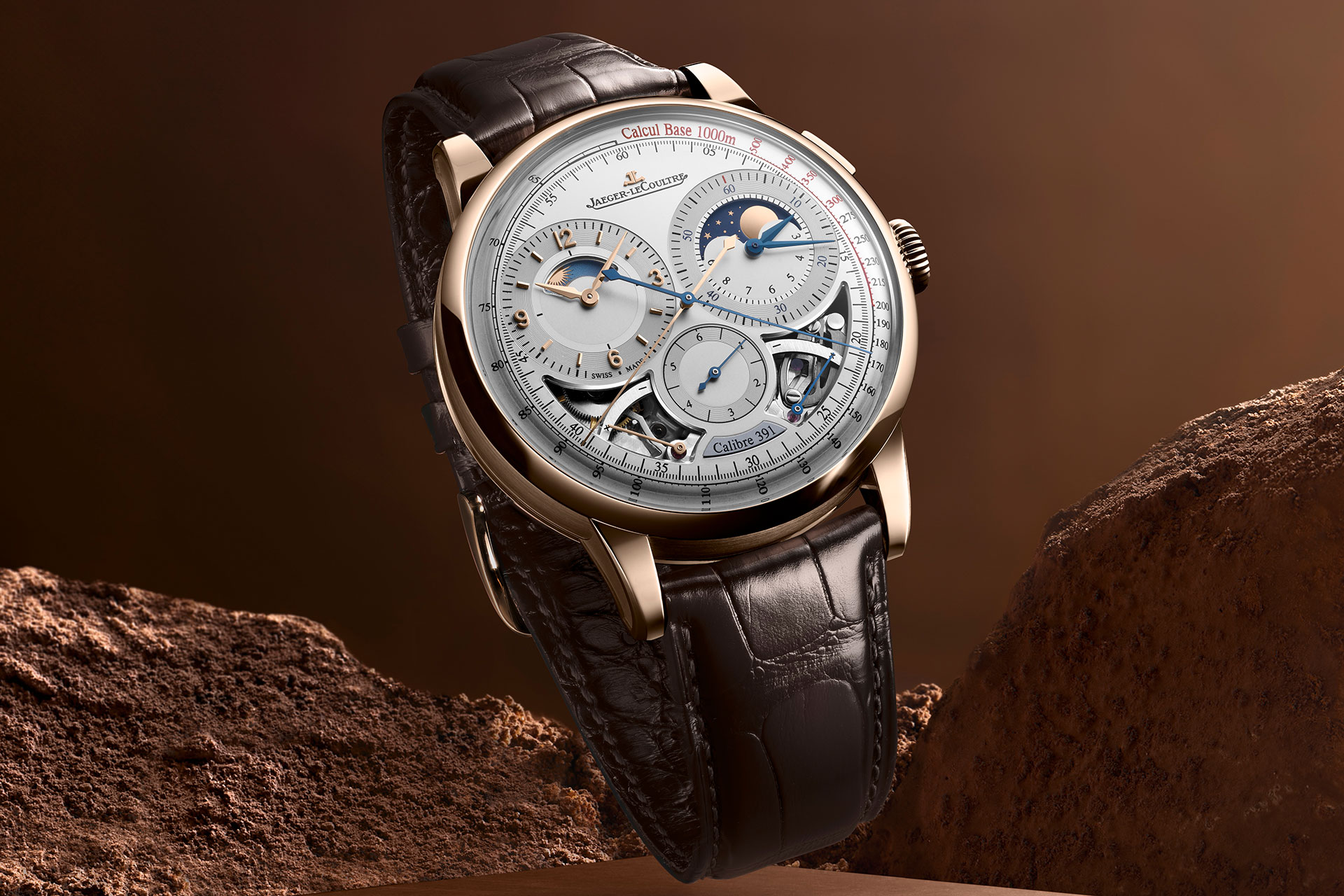
The dial is partially skeletonised, giving the wearer a clear view of the impressive mechanism and the beautifully finished calibre. The caseback, on the other hand, is completely transparent. The bridges are decorated with sunburst Côtes de Genève. The challenge lies in the fact that the components are decorated individually and must fit together perfectly once the movement has been assembled. Further finishing such as bevelled and polished edges on wheels and bridges, brushed and polished surfaces, perlage on the main plate and blued screws adorn the movement.
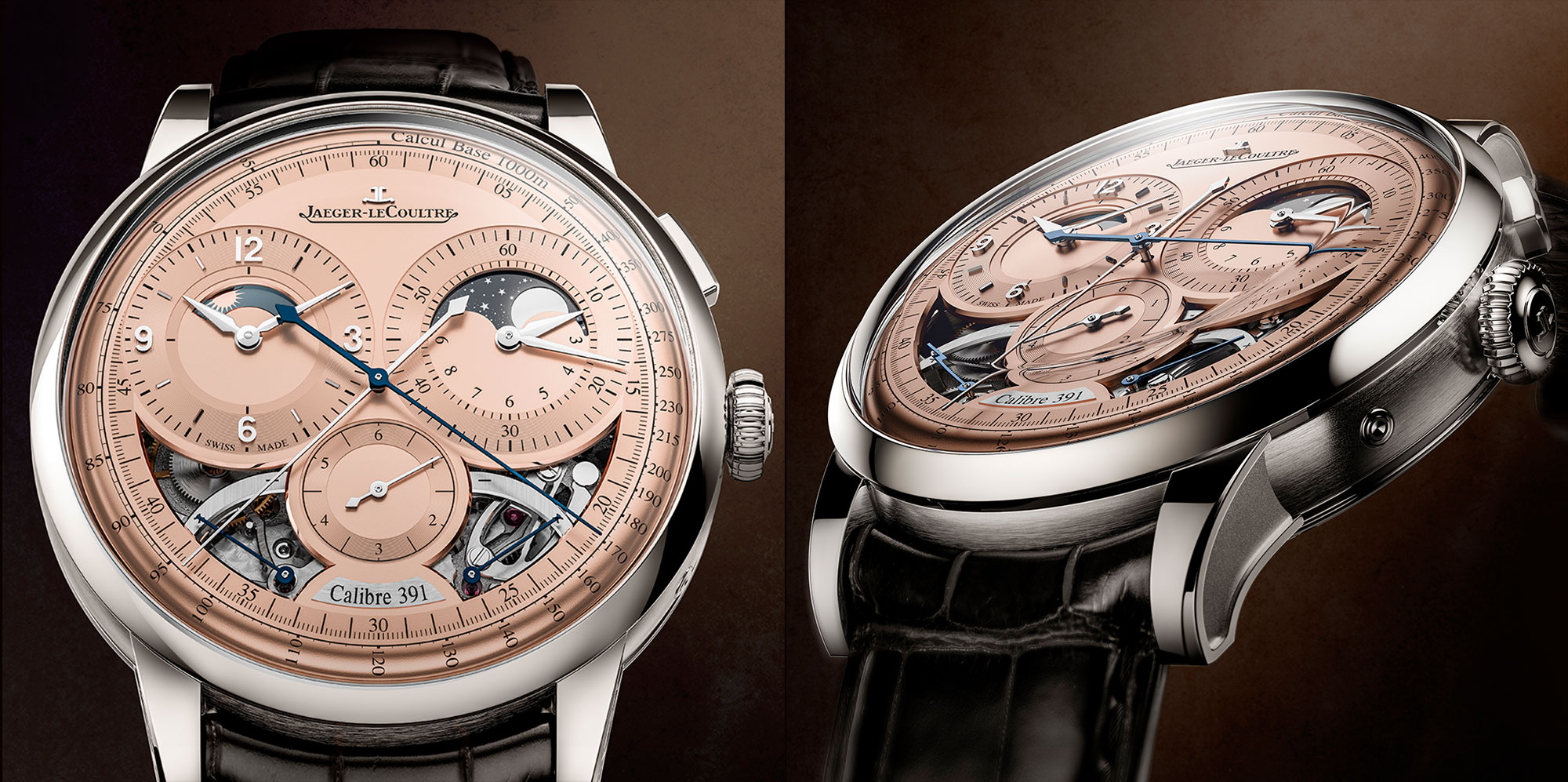
The Caliber 391 of the Duometre Chronograph Moon
The hand-wound calibre 391 was given a monopusher chronograph with a moonphase display and a day/night display. It also has two power reserve displays and a flying seconds (seconde foudroyante). When the chronograph is activated, the seconds hand makes one revolution at six beats per second. When the chronograph is stopped, the hand stops instantly, enabling measurement to the nearest sixth of a second.
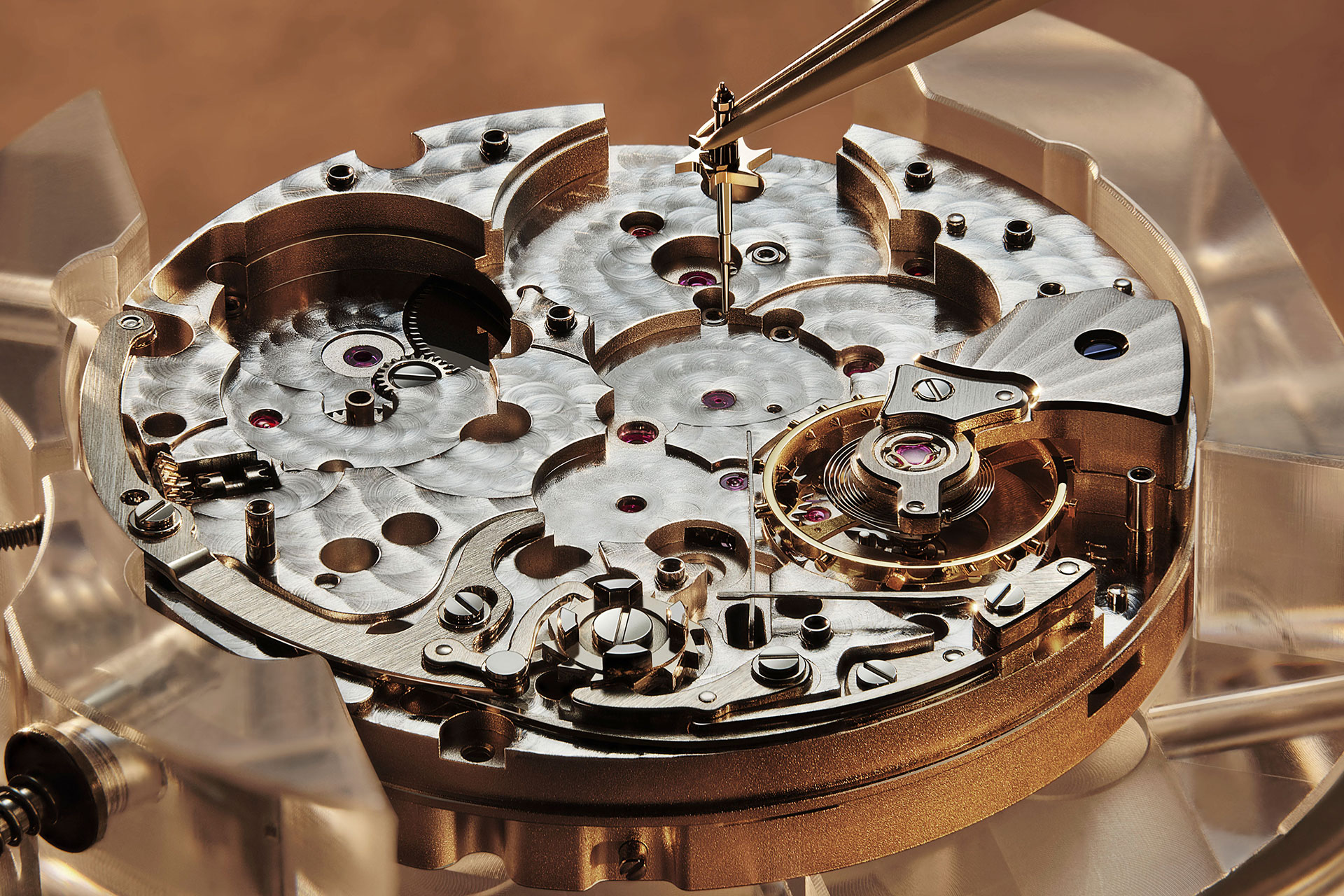
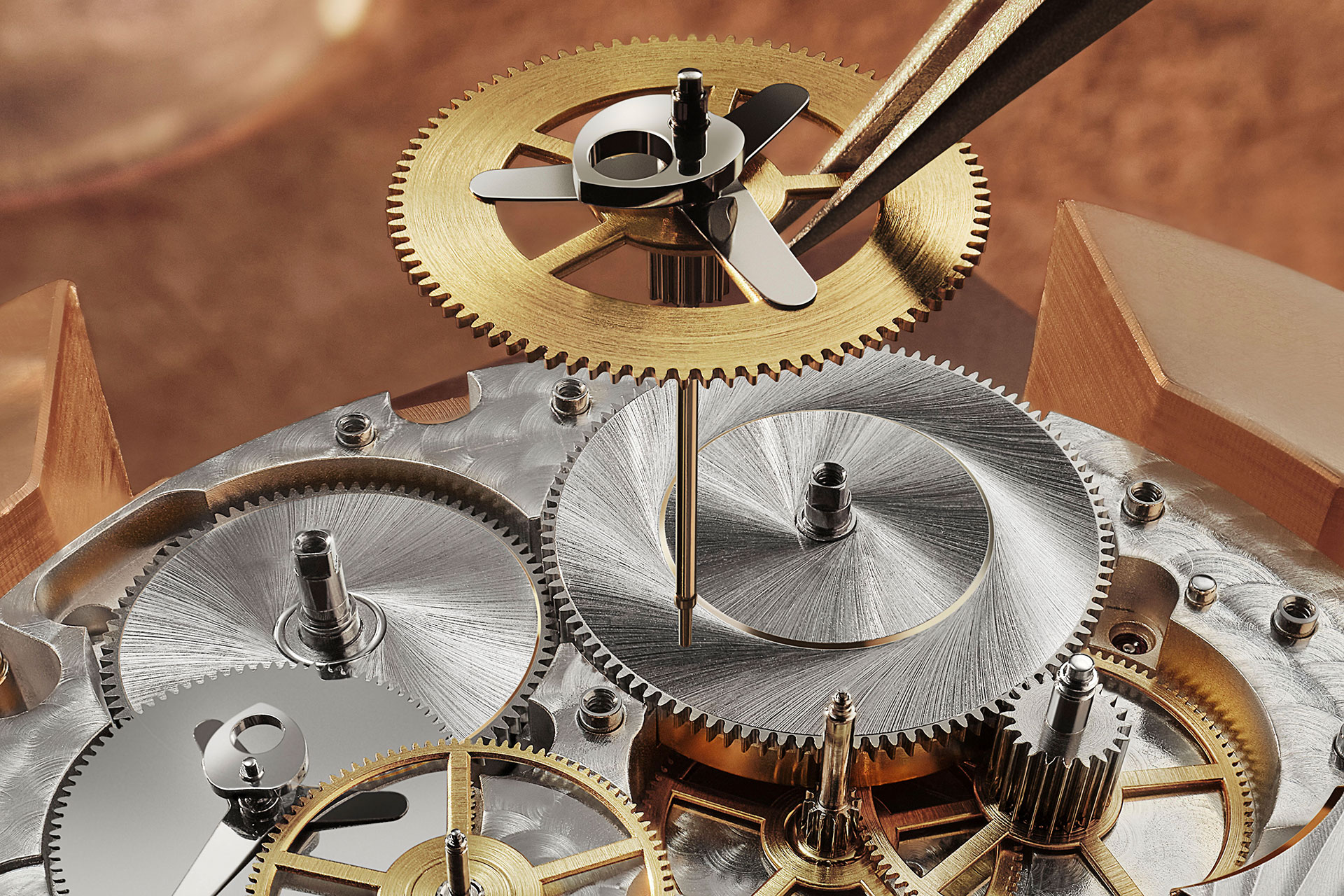
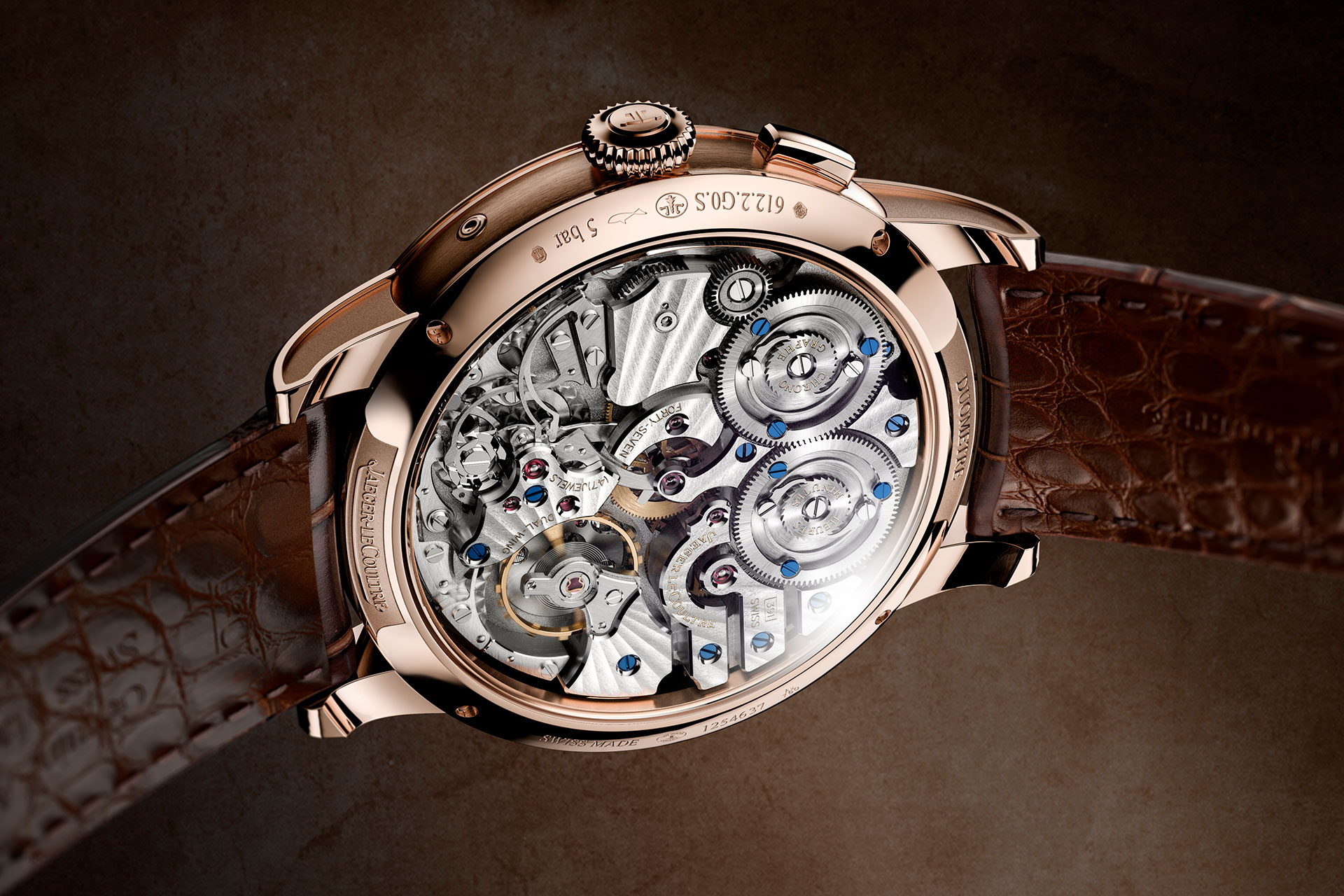
The Duometre Chonograph Moon is worn on an alligator leather strap and costs 95,500 euros in platinum and 77,500 euros in rose gold.
Duometre Quantieme Lunaire
The Duometre is celebrating another premiere this year. For the first time, a model with a stainless steel case is being released, measuring 42.5 mm in diameter in the new Duometre Quantieme Lunaire.

The dial
The dial is dark blue and has the characteristic symmetrical layout with the three sub-dials forming an inverted pyramid. The subdial at 3 o’clock shows the time, while the date and moonphase are displayed on the subdial at 9 o’clock. The flying seconds is positioned at 6 o’clock. The main dial is opalised – the lower part of the dial is decorated with a sunburst pattern. The wide sunburst ring is inspired by the aesthetics of the sector dials of historical watches.
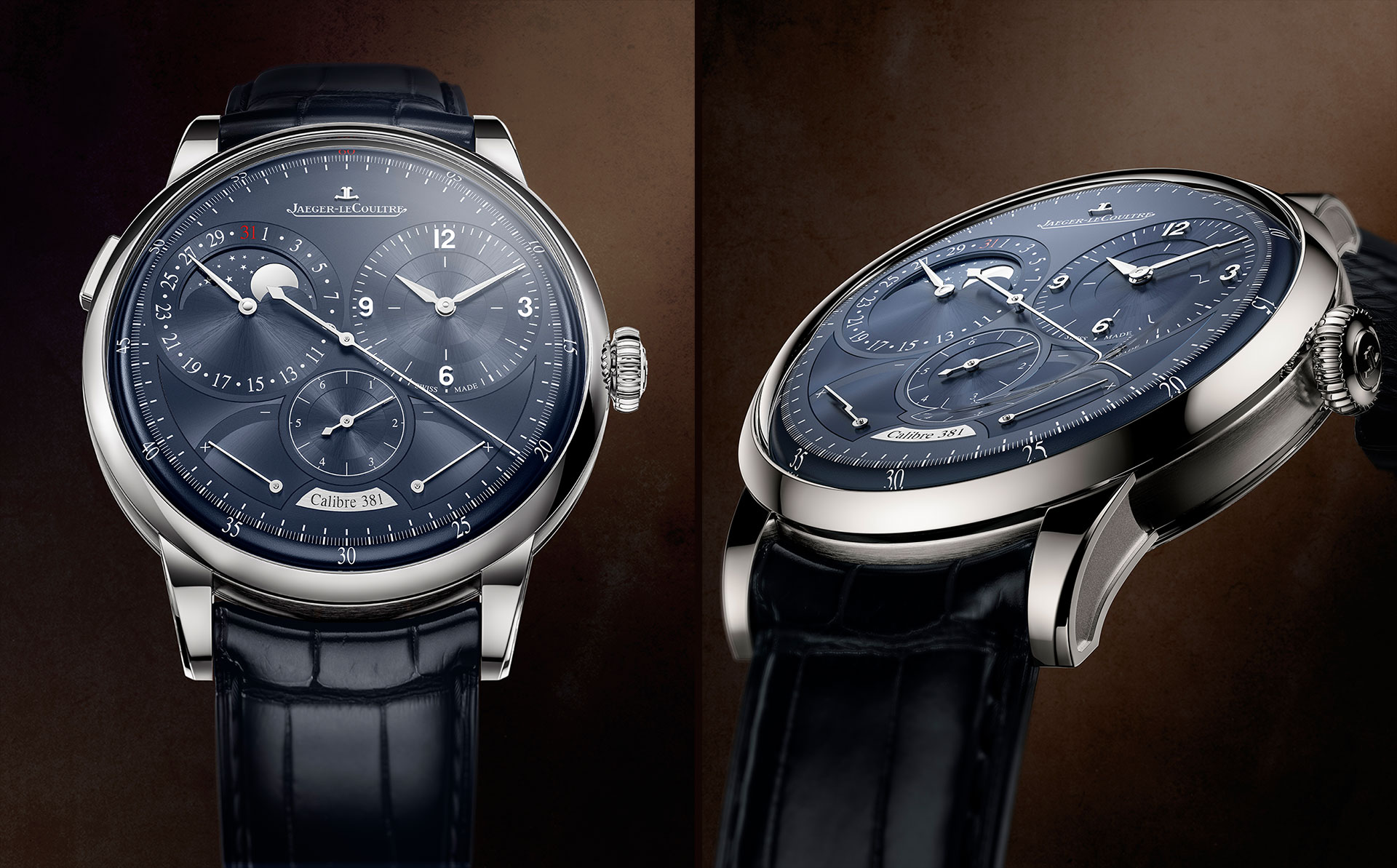
The Calibre 381 of the Duometre Quantieme Lunaire
The calibre 381 is largely skeletonised and consists of 374 components. The bridges are decorated with sunburst Côtes de Genève. The challenge with this movement again lies in the fact that the components are decorated individually and must fit together perfectly once the movement has been assembled. The power reserve is 50 hours per hairspring and gear train.
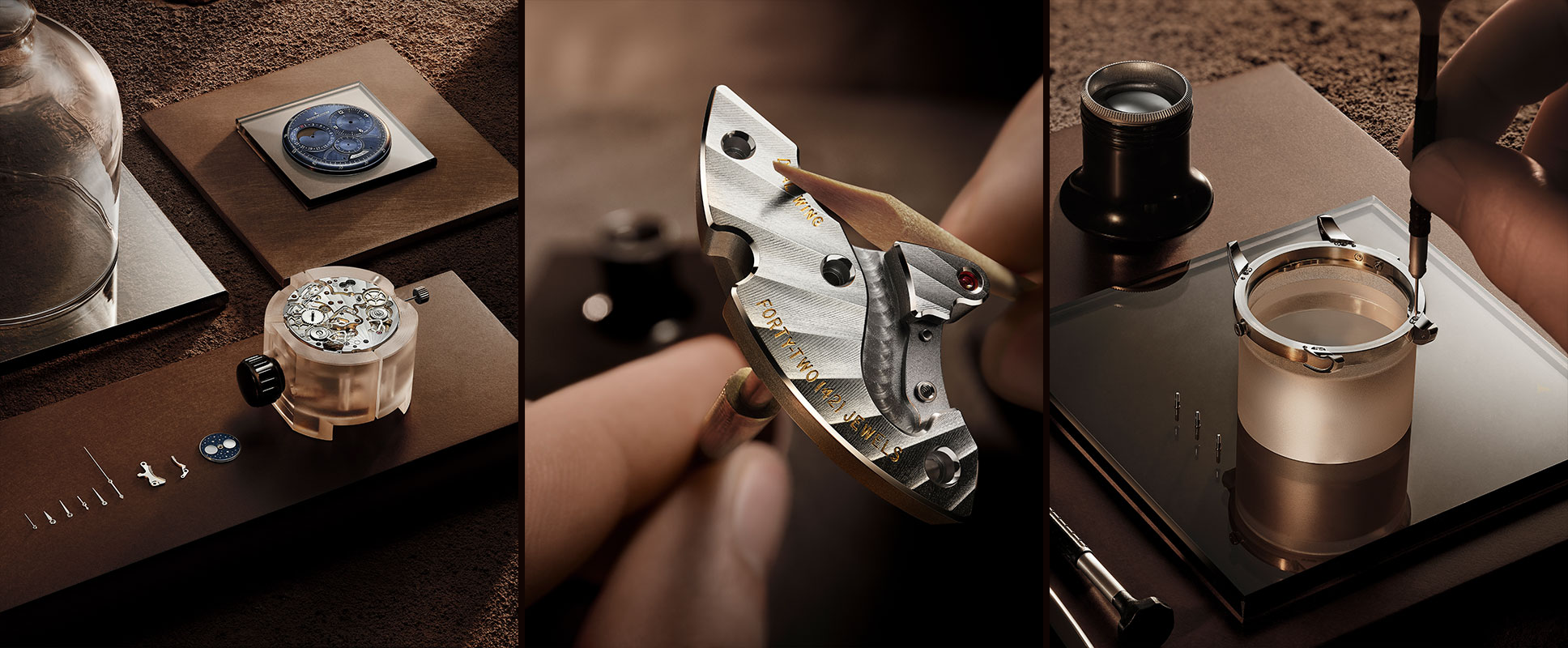
The Duometre Quantieme Lunaire is worn on an alligator leather strap and costs 47,600 euros.
The new Duometre, inspired by the Savonette pocket watches
For the bridges and plates of the new Duometre models, Jaeger-LeCoultre did not use silver as before, but galvanised brass to reduce the yellow tinge.
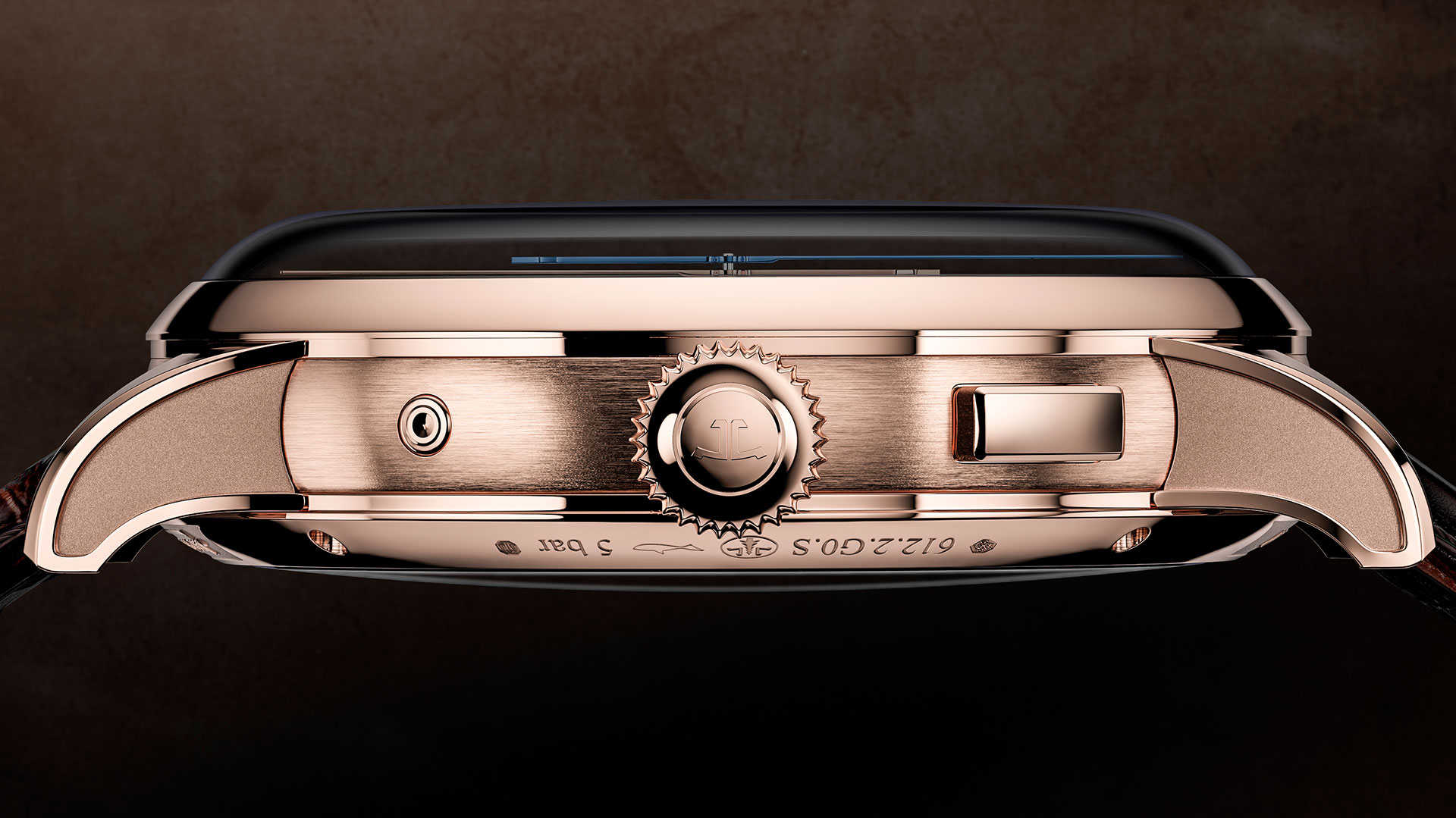
All new Duometre models have been given a new case design with rounded contours inspired by Jaeger-LeCoultre’s 19th century savonette pocket watches. The French word savonette literally means a small bar of soap with rounded contours that fits in the palm of the hand. The crown has also been redesigned – deep, round notches are intended to improve usability. The new case consists of 34 individual parts, including the lugs, which have been screwed together to enable various finishing techniques.

